Key Takeaways
- Khapli costs more due to low yield and labour.
- Traditional farming, stone-grinding raise costs but preserve nutrients.
- Buying Khapli supports farmers and sustainable heritage methods.
Okay, let’s be honest. If you’ve ever picked up a packet of Khapli Atta, flipped it over and immediately raised an eyebrow at the price… you’re not alone.
Why is it so expensive compared to regular atta? Is it just another health trend cashing in on the hype? Or is there actually something going on behind the scenes that makes it worth the cost? Let’s break it down.
It’s an Ancient Grain, Not a Mass-Produced One
Khapli wheat, also known as Emmer wheat, is one of the oldest grains in the world. But unlike modern wheat, it hasn’t been hybridised or genetically altered for high-yield farming. That means it grows slower, requires more care and produces less per acre.
Farmers don’t get massive harvests like they do with modern wheat, so the supply is naturally limited. Less wheat simply means a higher price.
Still, if you’re someone who values nutrition, better digestion and clean ingredients, yes, it’s worth buying. You’re not just getting flour, you’re getting a grain that supports your body, your gut and sustainable farming practices.

It’s Grown the Traditional Way
Khapli is typically grown using traditional, often organic methods in regions like Maharashtra and Karnataka. There’s very little industrial machinery or shortcuts involved. A lot of the process is manual, from sowing to harvesting to milling.
So when you’re paying more for Khapli, you’re not just buying a product. You’re supporting small-scale farmers and old-school farming methods that are far more mindful of the land.
Since it’s not mass-produced, you won’t always find authentic Khapli in big supermarkets. Look for it online from organic stores, local farms, or trusted health-focused platforms that specialise in ancient grains.

It’s Tougher to Process
Modern wheat is engineered to be soft, uniform and easy to process. Khapli? Not so much.
Its grains are long and hard and require slow stone-grinding or low-heat milling to preserve the nutrients. The result is flour that’s richer, more wholesome and naturally more expensive to produce.
Real Khapli flour has a reddish or slightly brown tint, a coarser feel, and a natural earthy aroma. Be wary of overly white or super-fine 'Khapli' that’s often just a blend. Always check the region it comes from and look for single-origin or organic labels when possible.
So, Which One’s the Best?
There are several brands selling Khapli Atta today, but the best ones are often from small farms or trusted organic producers who specialise in traditional grains.
One brand we particularly recommend is Aazol’s Khapli Atta. Aazol works closely with women’s self-help groups in Maharashtra to bring you authentic, stone-ground Khapli wheat that’s grown using age-old methods.Their atta is not just about nutrition, it’s about supporting local farmers and communities while keeping ancient food traditions alive.
Instead of going by flashy packaging, look for brands that talk about sourcing, traceability and natural farming practices. Aazol is transparent about all of this, which is why their Khapli Atta is one of the most trusted choices if you want purity, taste and authenticity.

It’s Not Just Expensive, It’s Valuable
Here’s the thing. When you buy Khapli Atta, you're not just paying for the flour. You're paying for:
- An ancient, unmodified grain that’s been preserved for thousands of
years
- Nutritional value that’s way higher than most commercial wheat
- Support for traditional farming that doesn’t destroy the soil
- And honestly, better taste and better digestion
So yes, it costs more. But it also gives more, to your body, your gut and the people who grow it.
Final Thought: It’s Expensive for a Reason
Sure, Khapli Atta might feel like a luxury. But when you think about everything that goes into producing it, the time, the effort, the old-school farming and the fact that it’s not mass-produced, it starts to make a lot more sense.
It’s not overpriced. It’s properly valued. And if you want to experience authentic Khapli, Aazol’s Khapli Atta is a great place to start. Wholesome, clean and rooted in tradition.
Once you taste it, feel the difference in your digestion and know where it comes from, it might just feel worth every rupee.
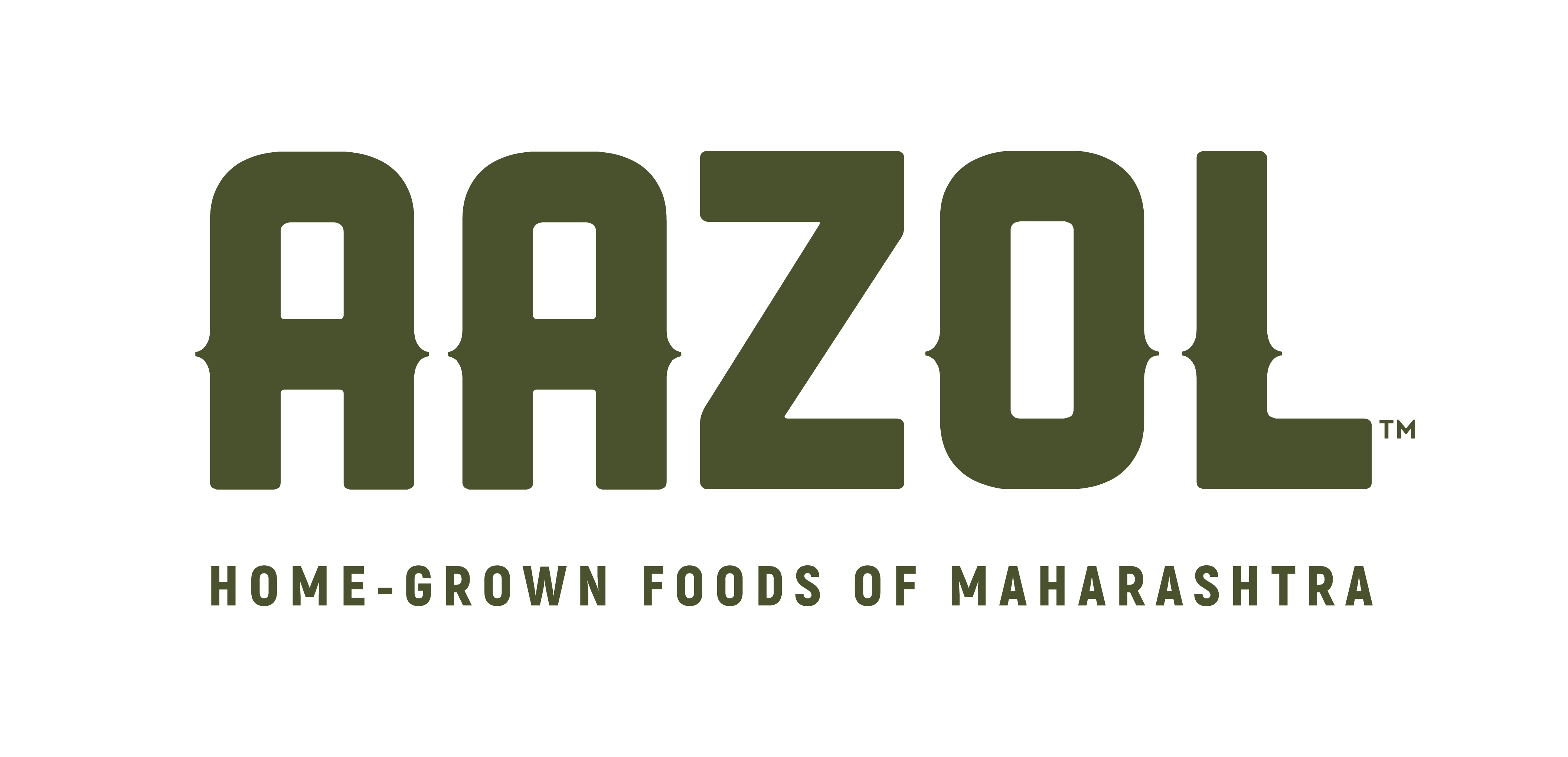

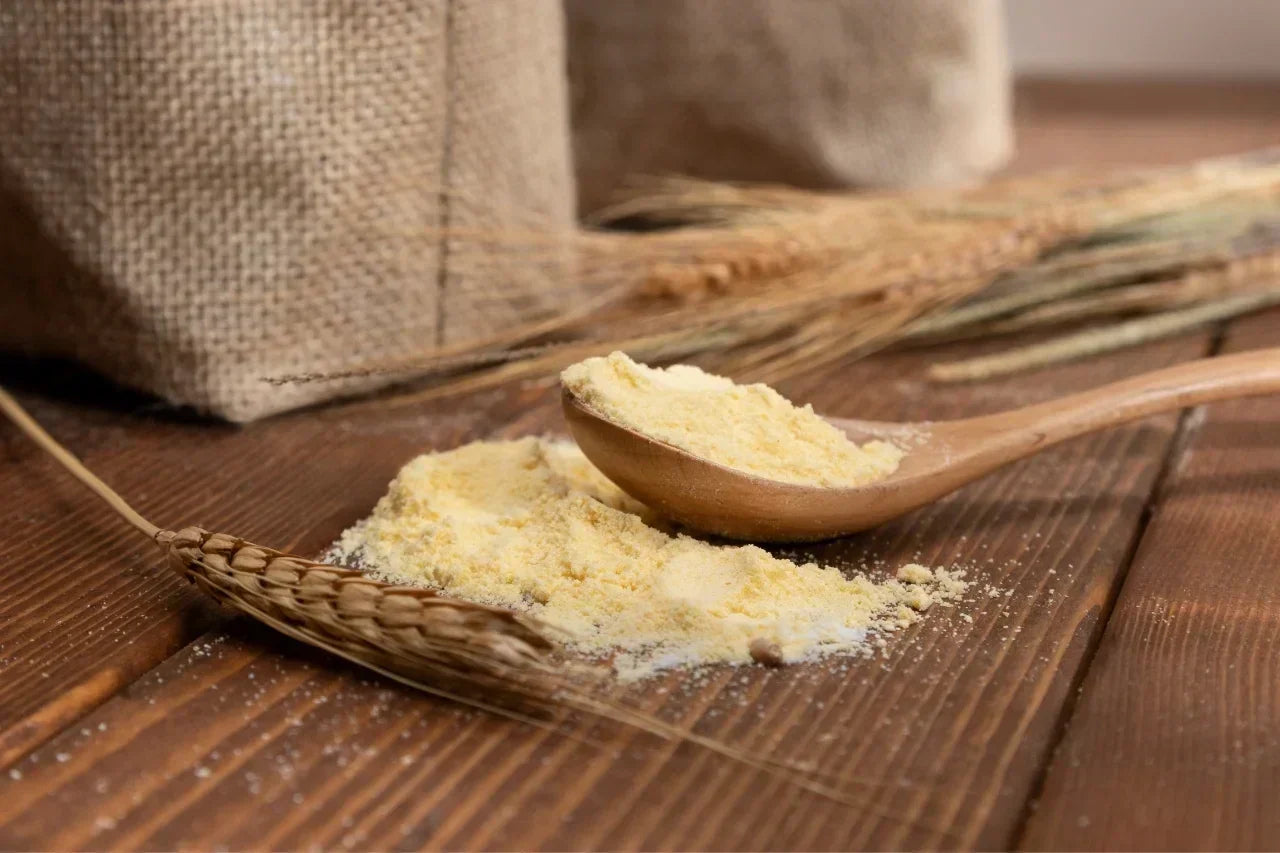
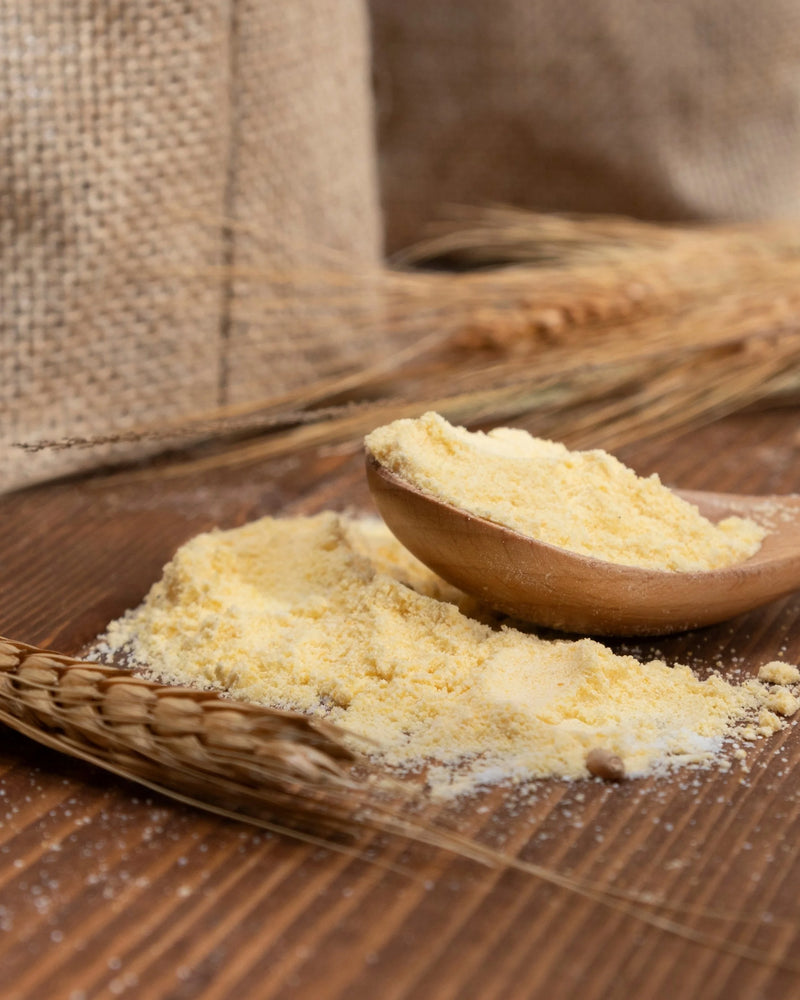
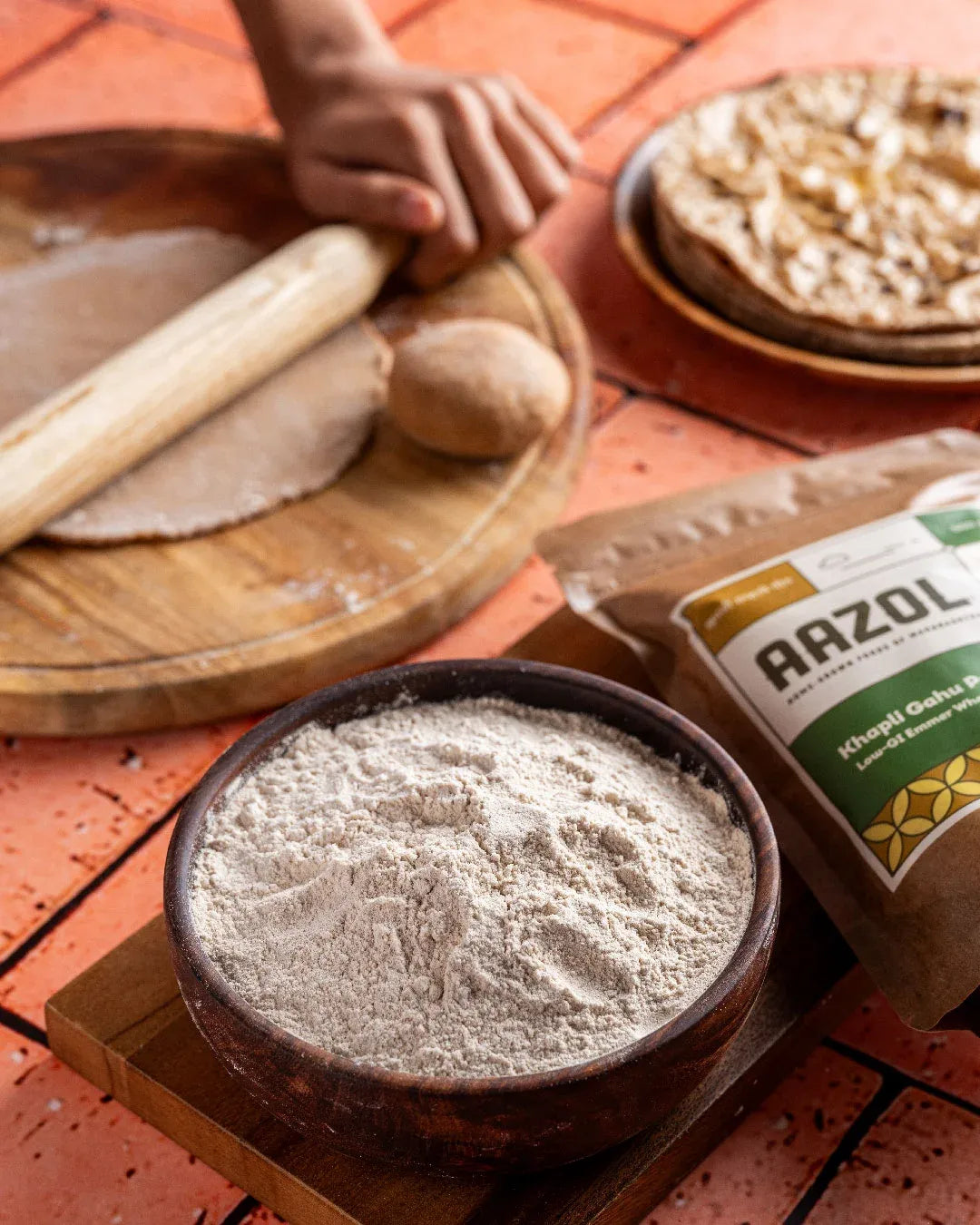
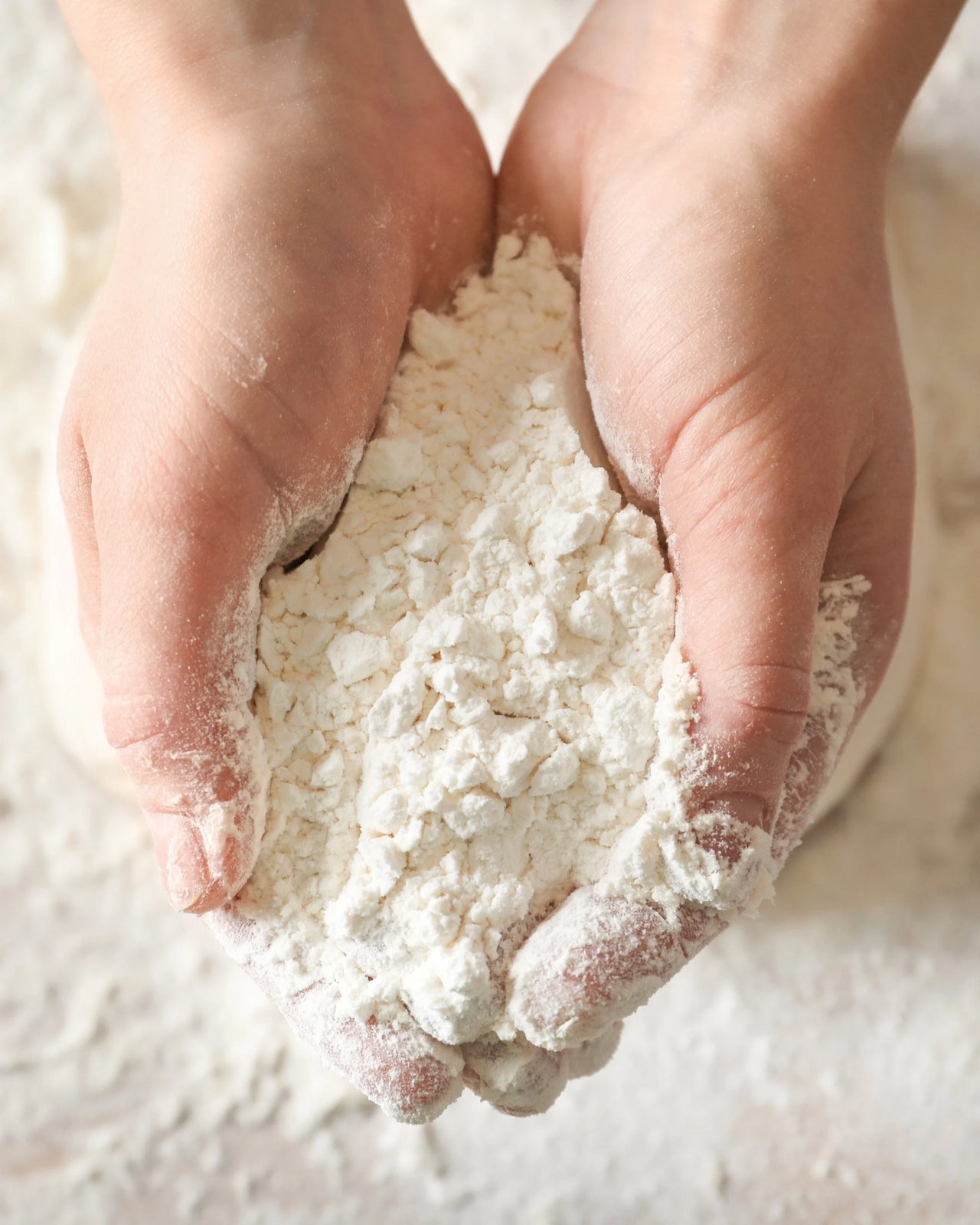
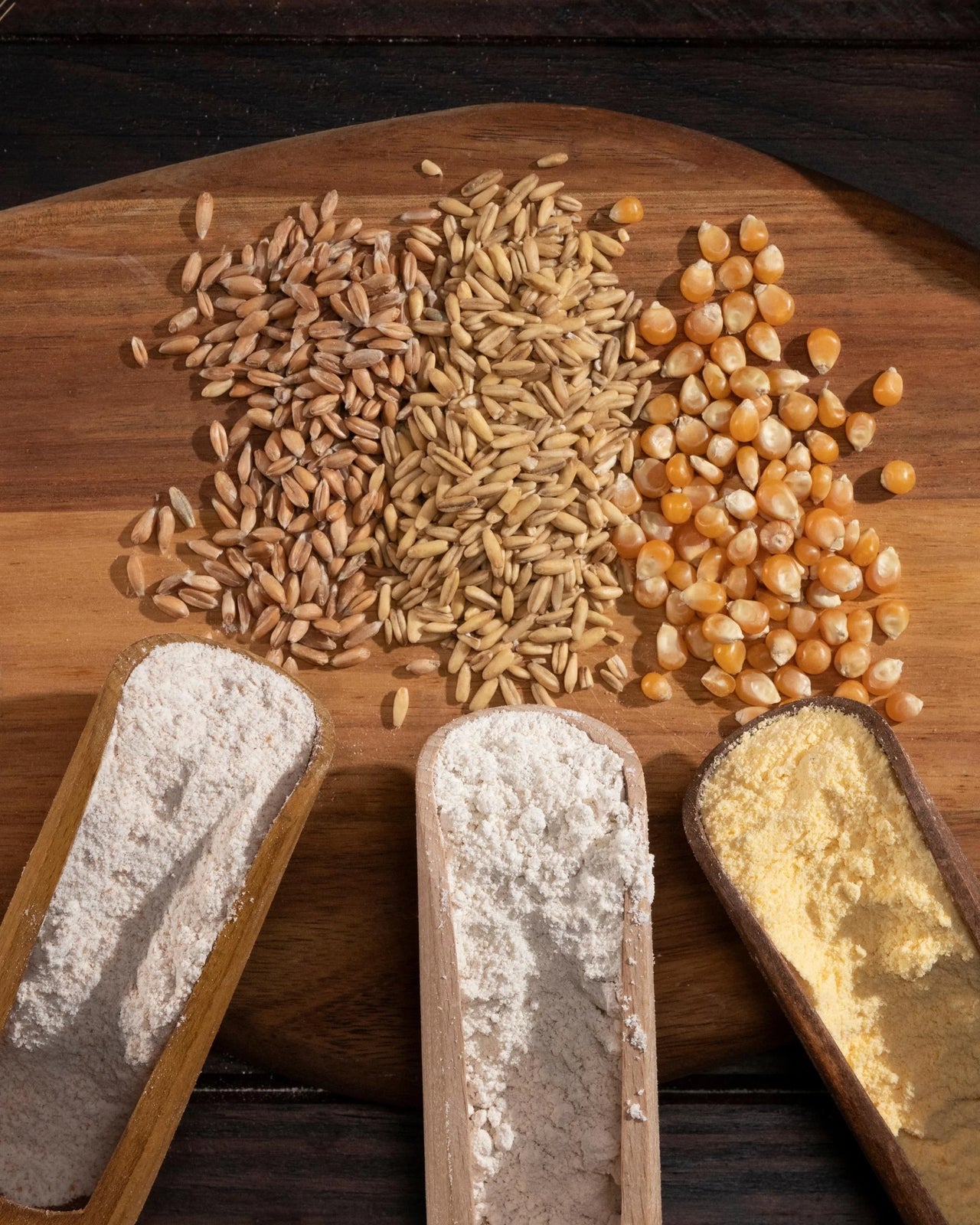
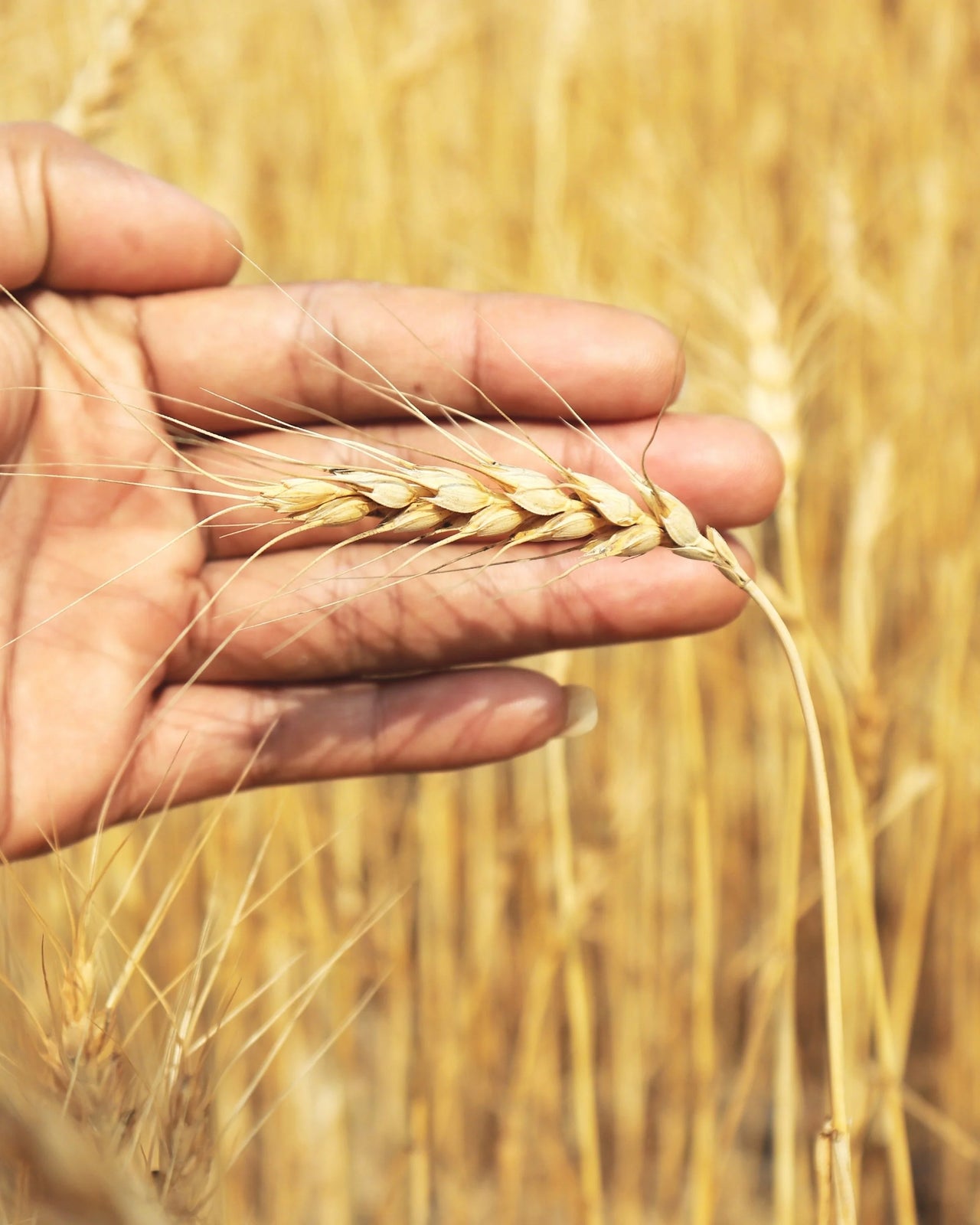
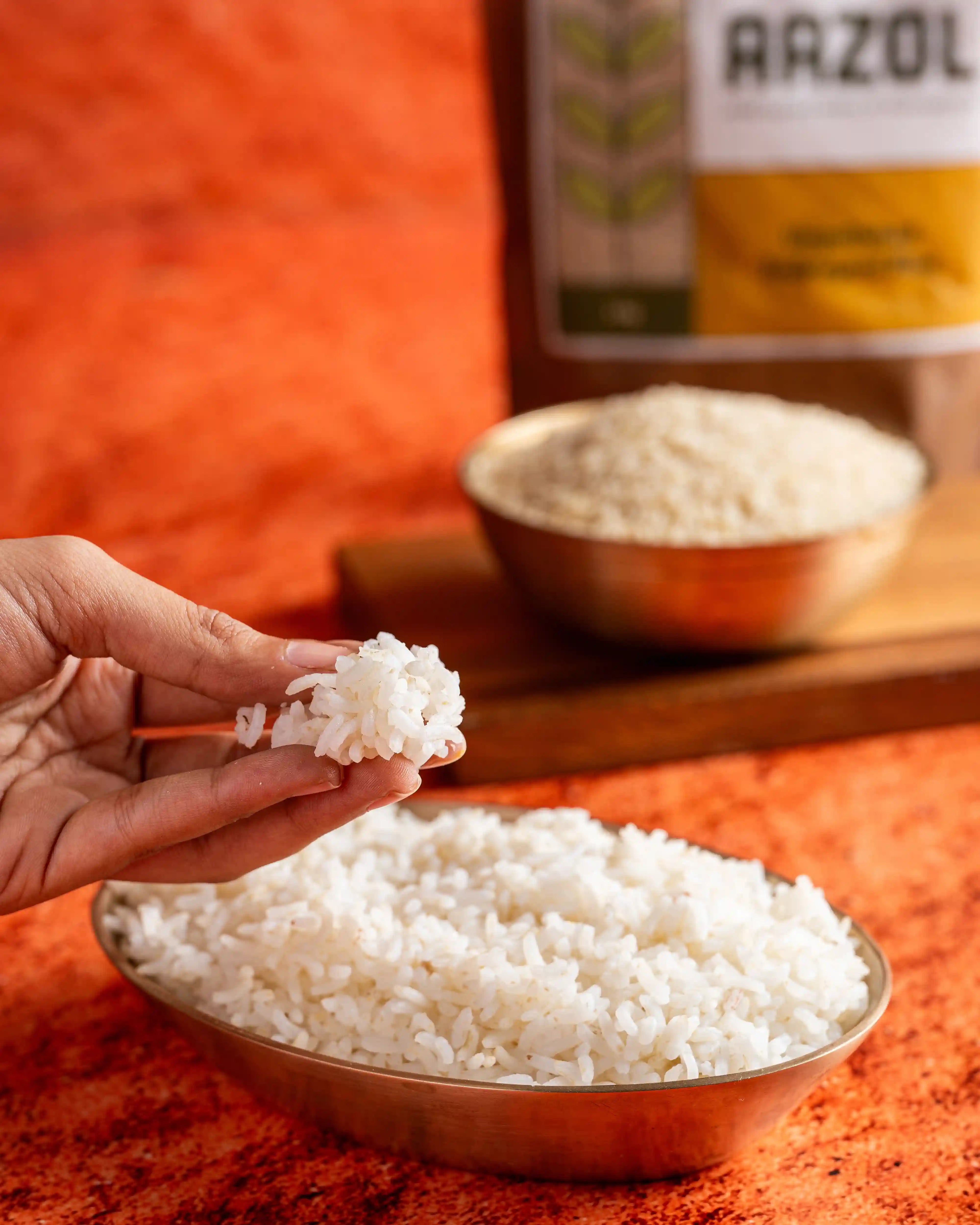
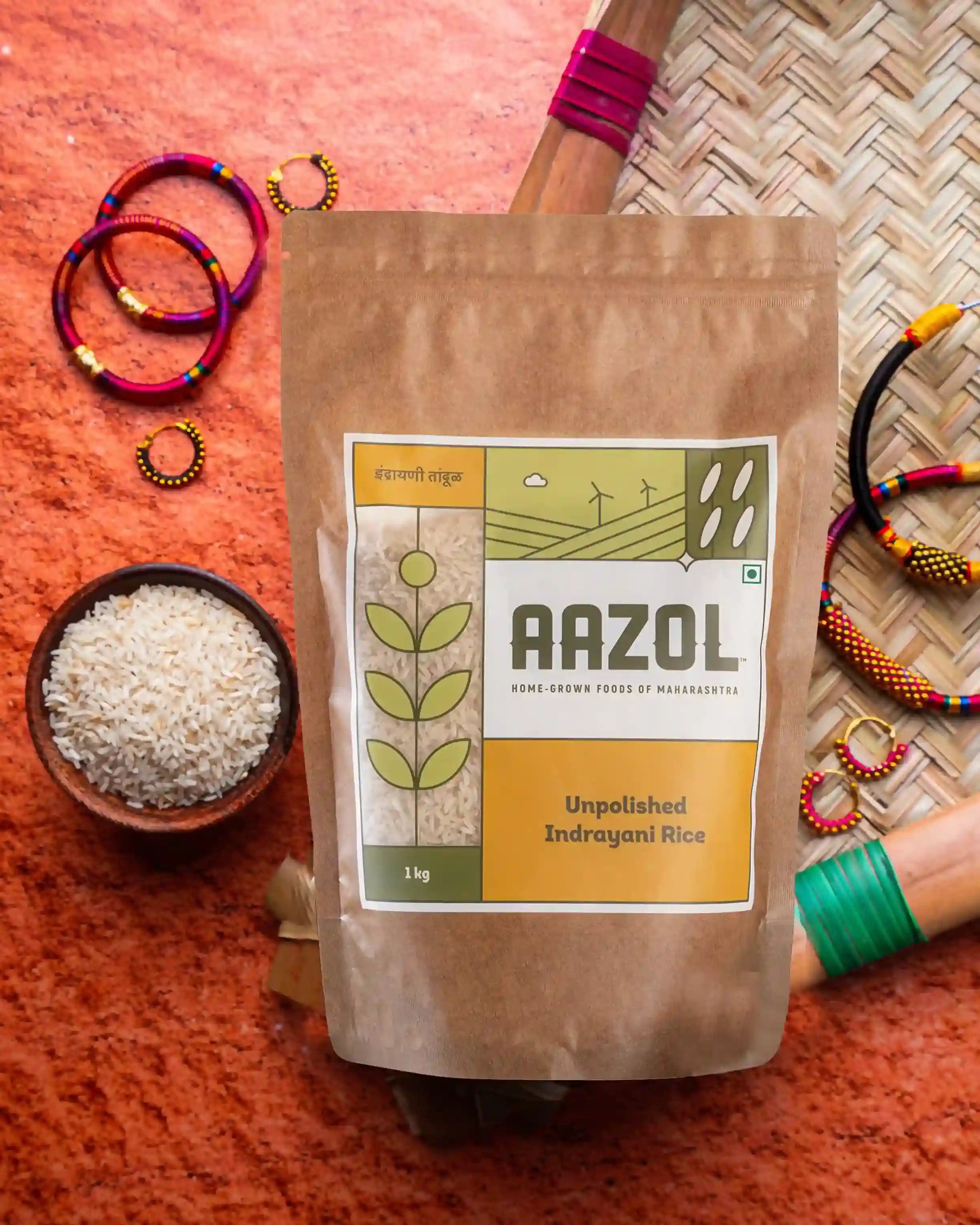
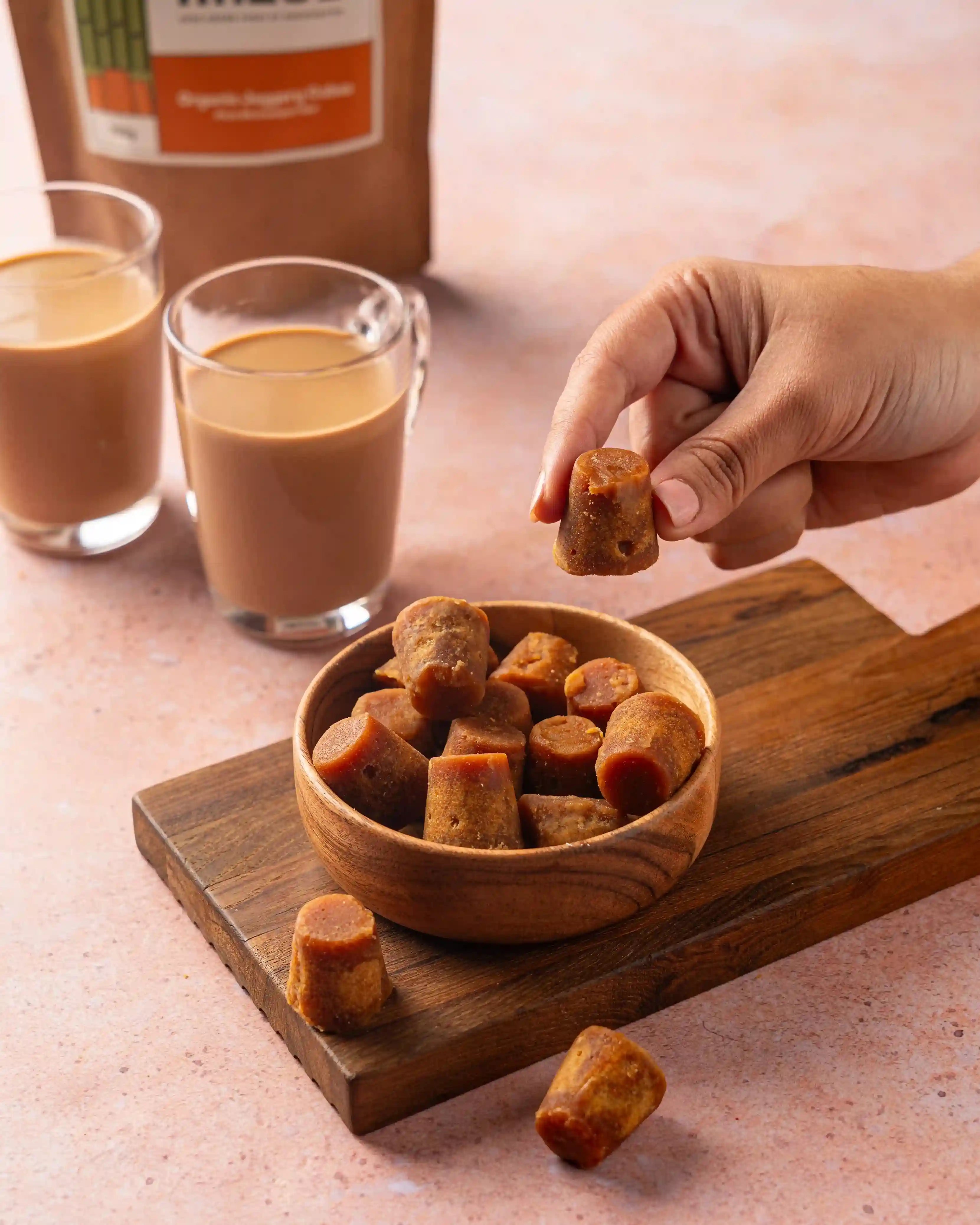
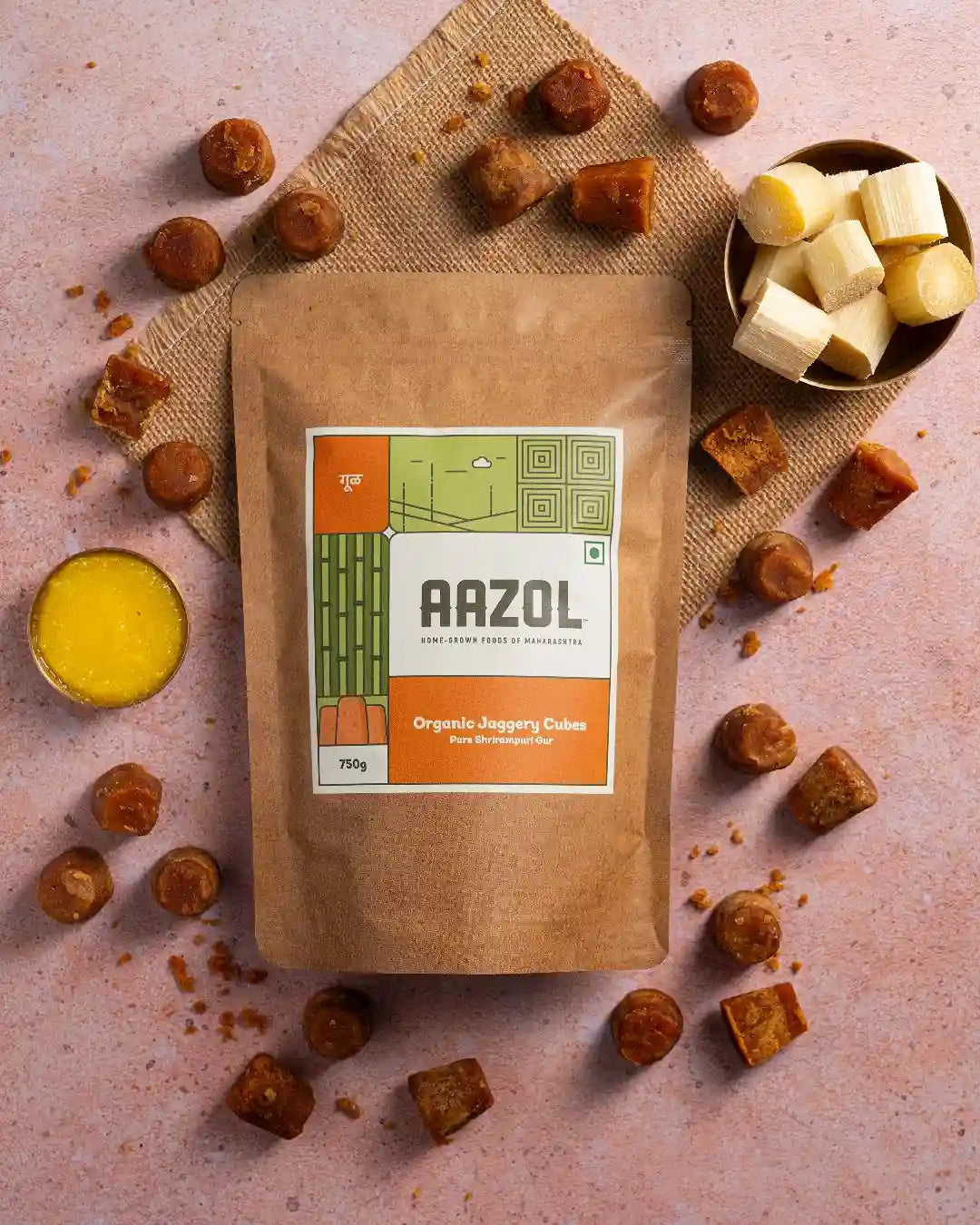
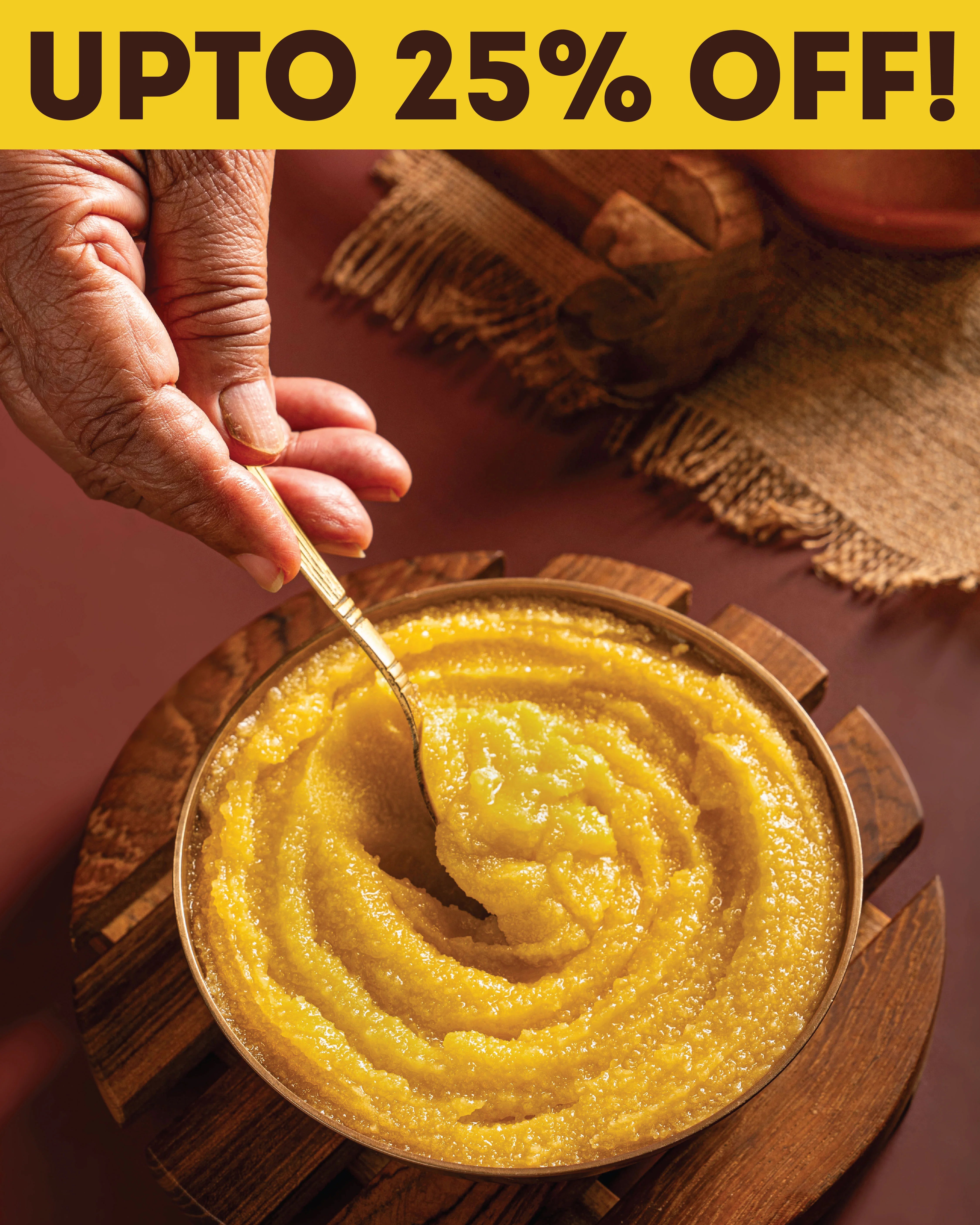
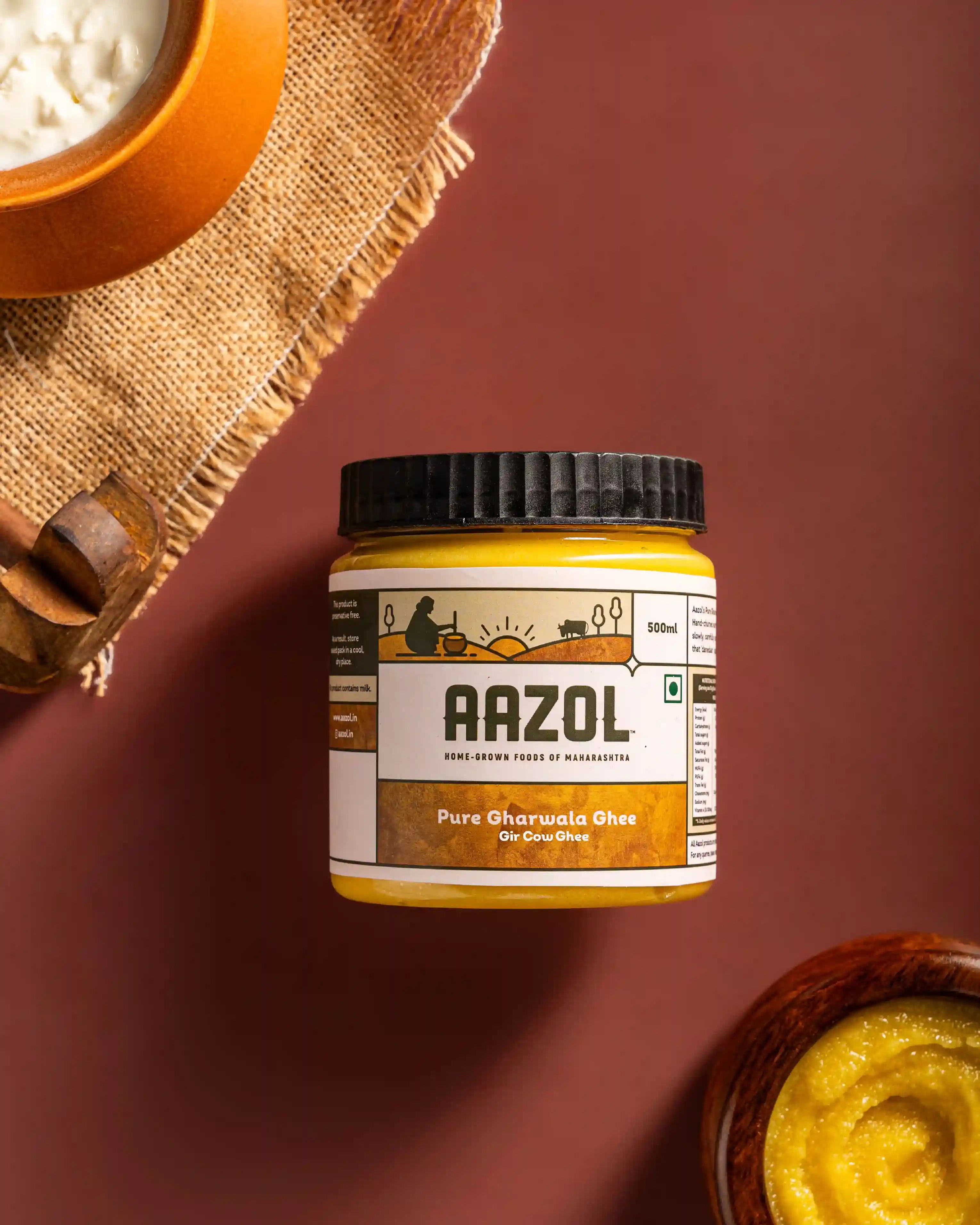
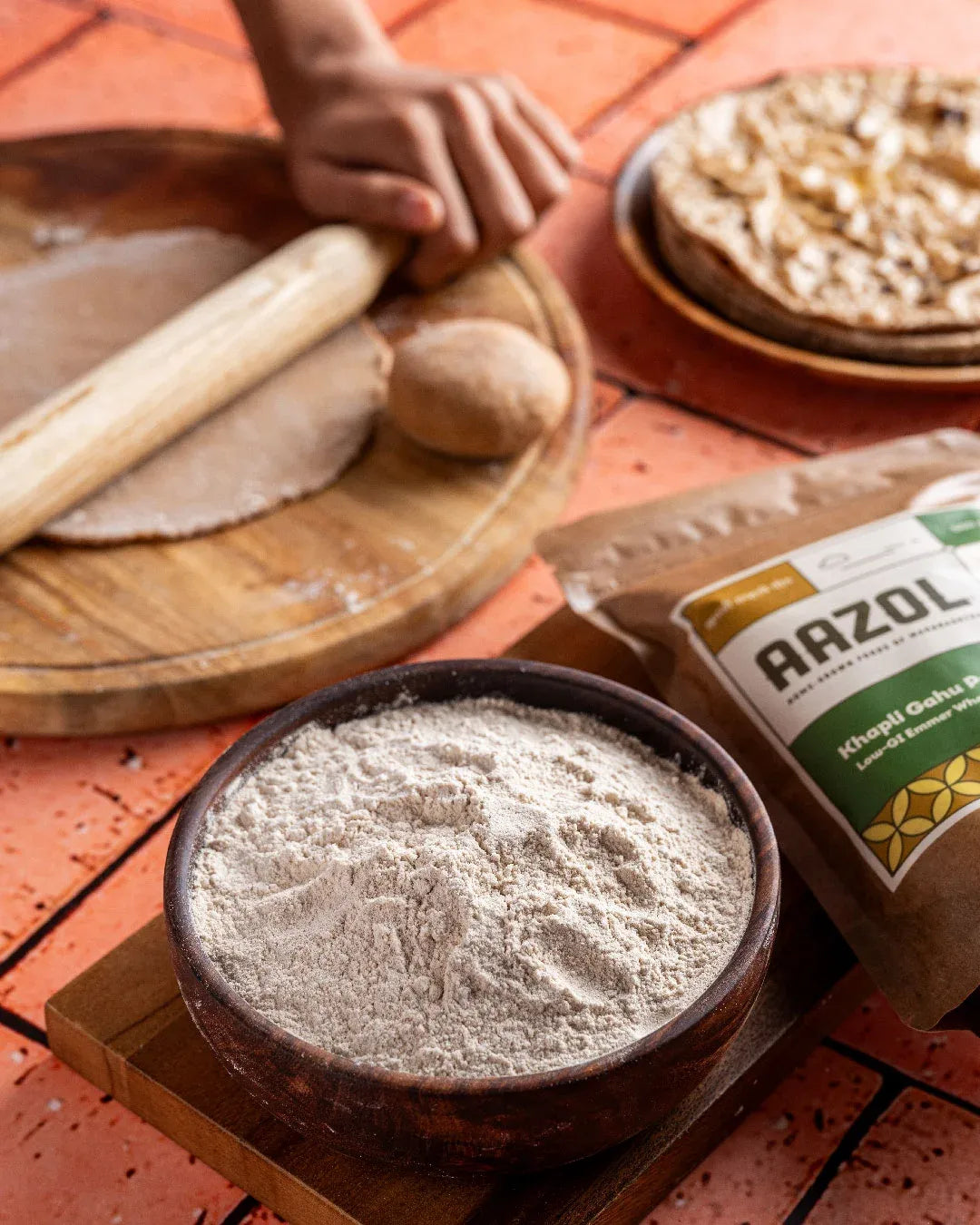
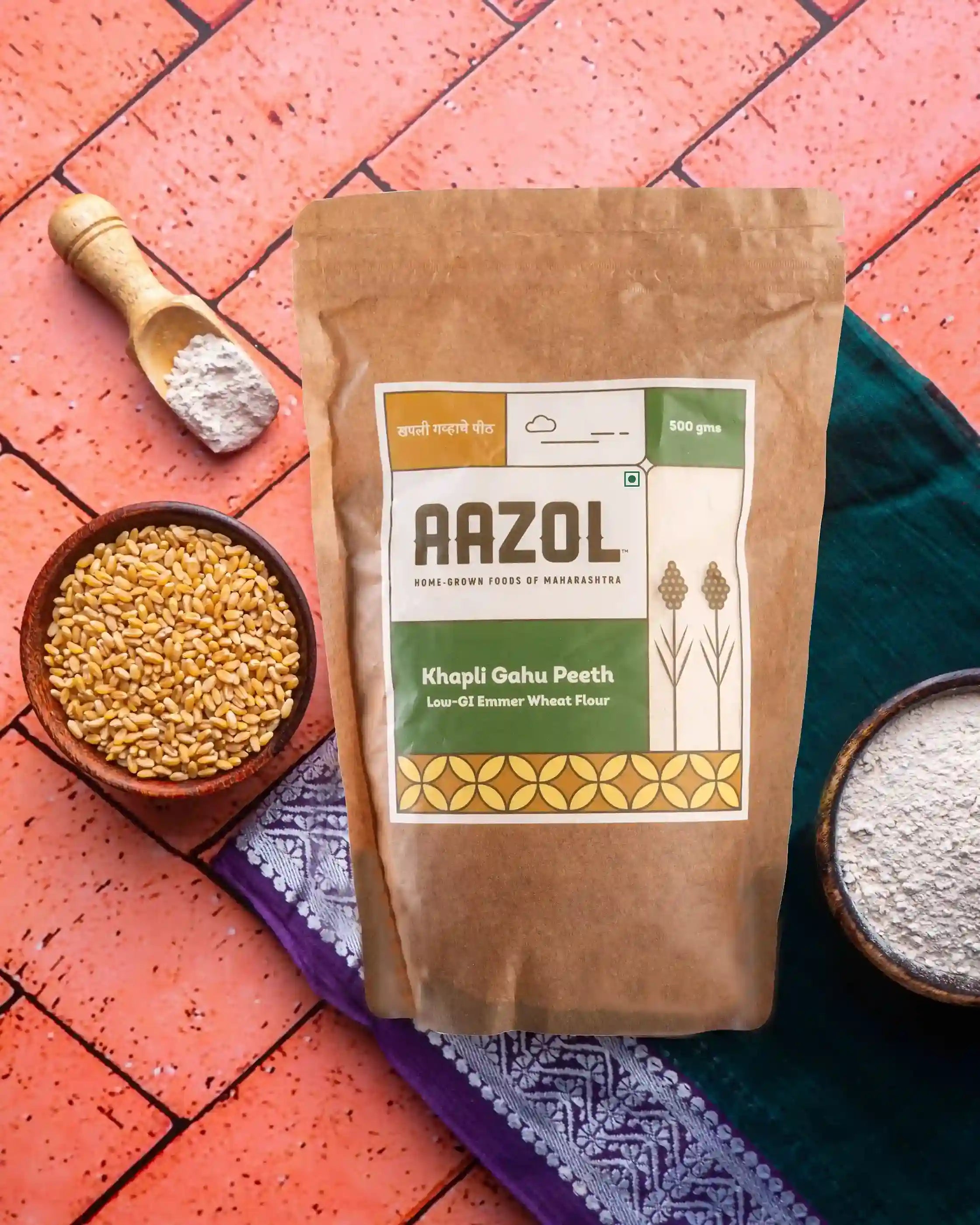
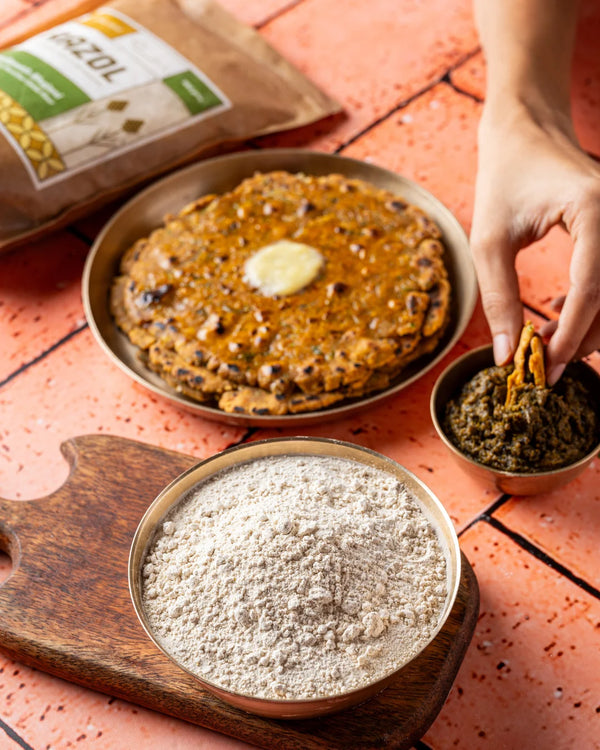
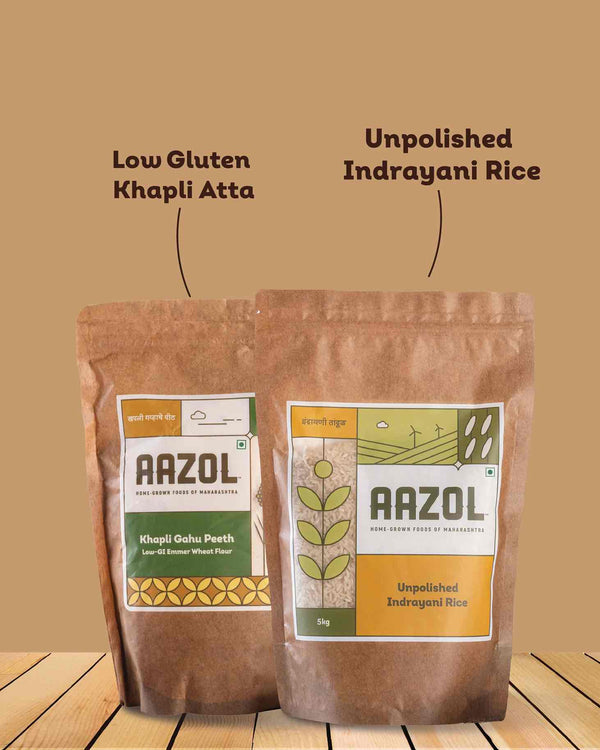
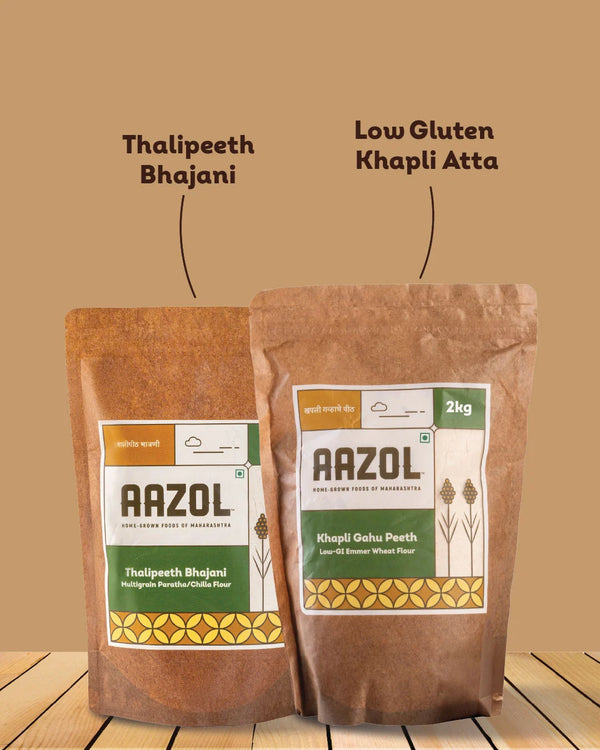
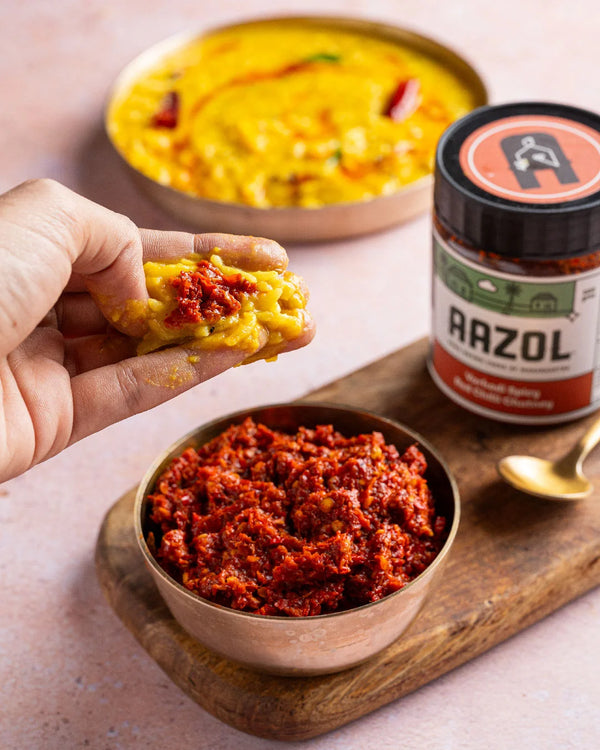
Comments (0)
Your comment may be featured to help others on a similar journey